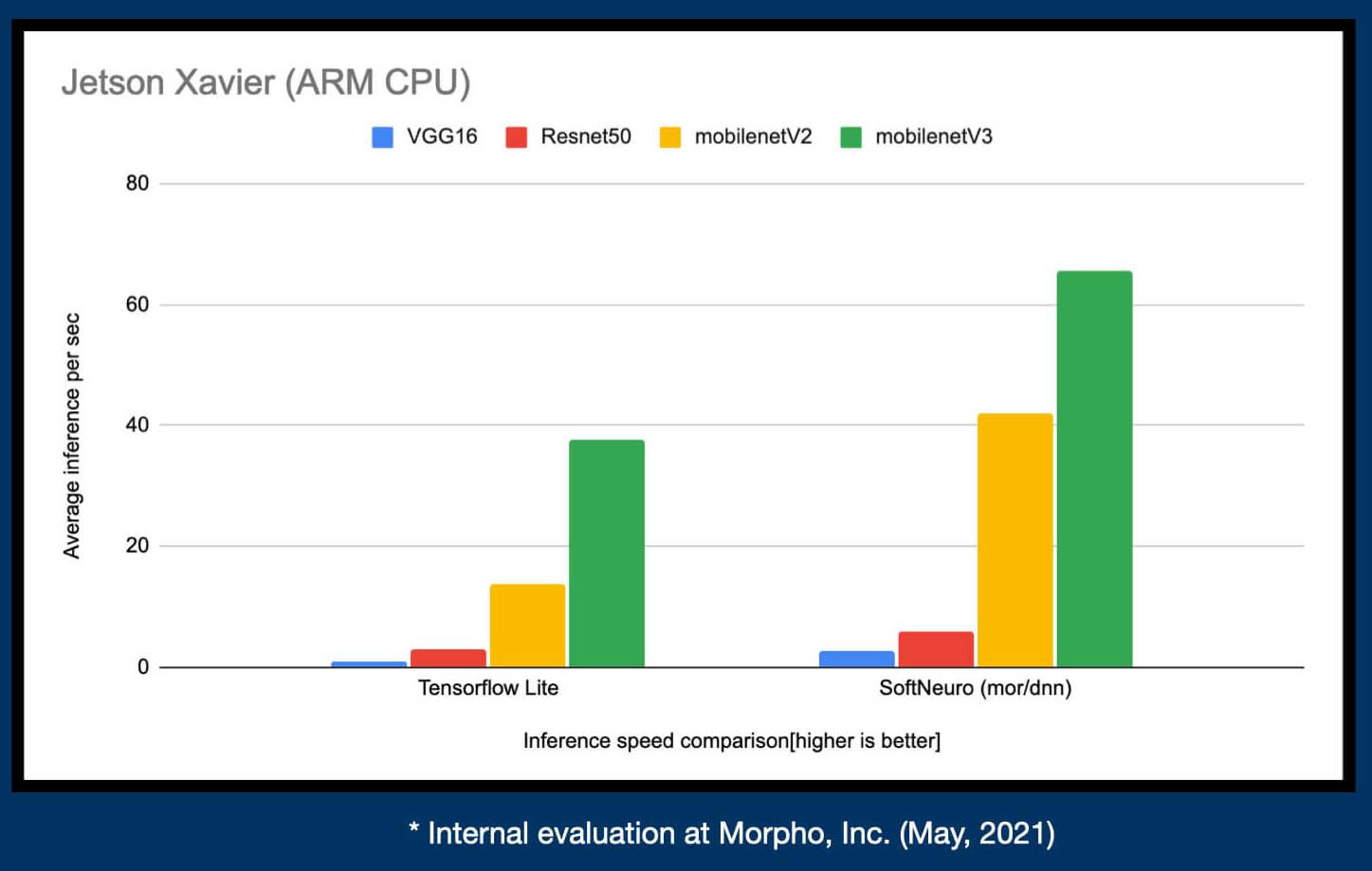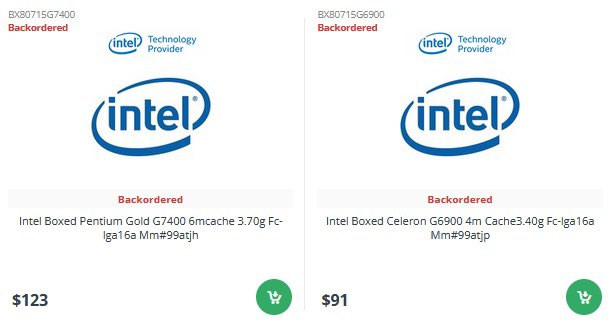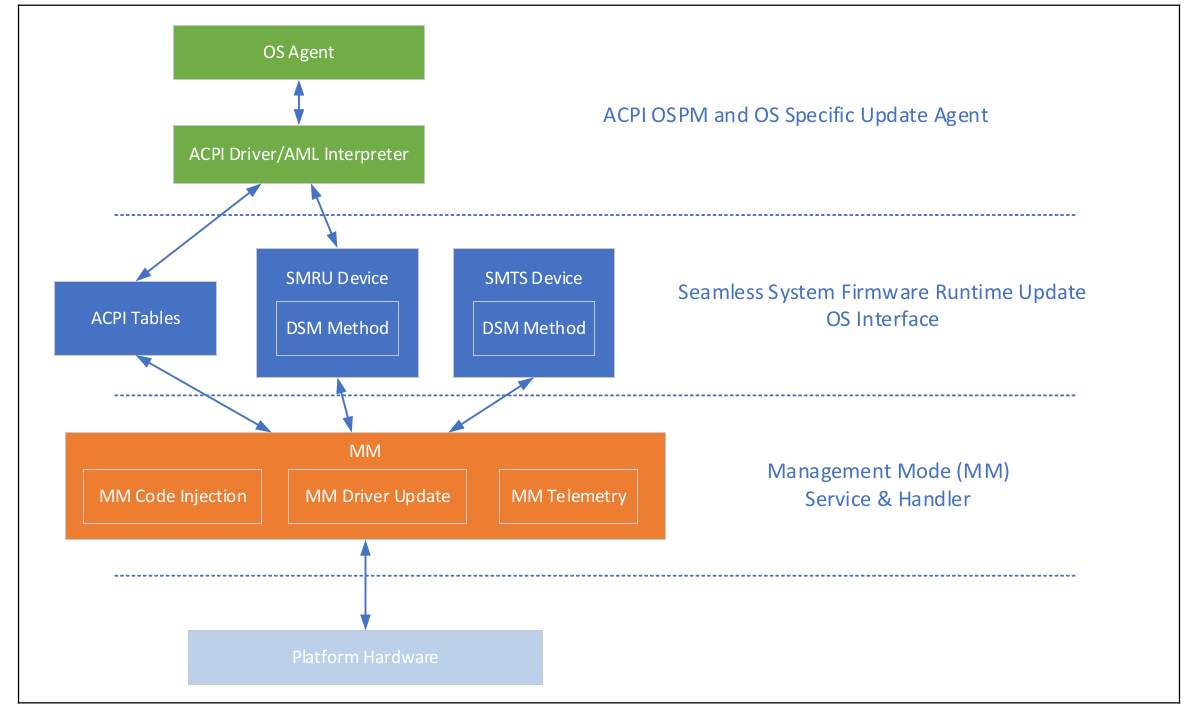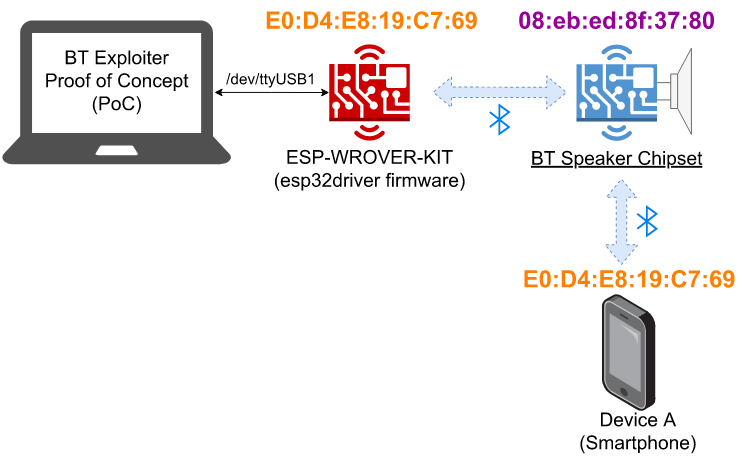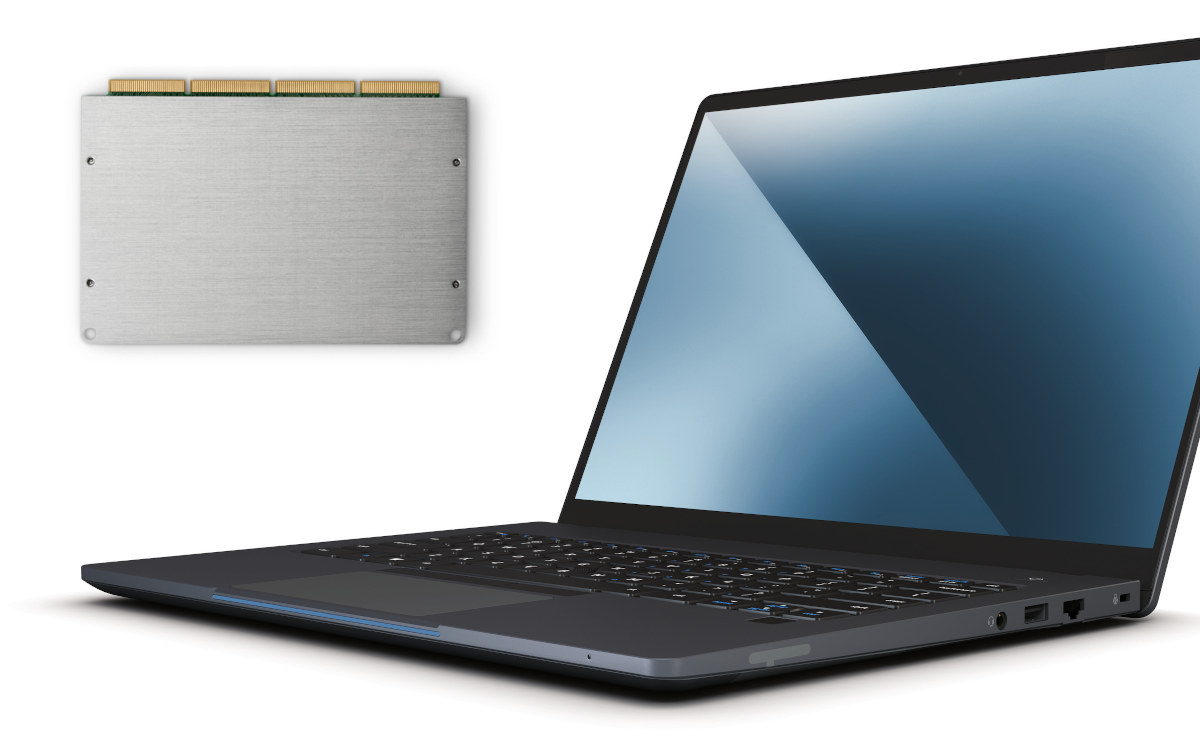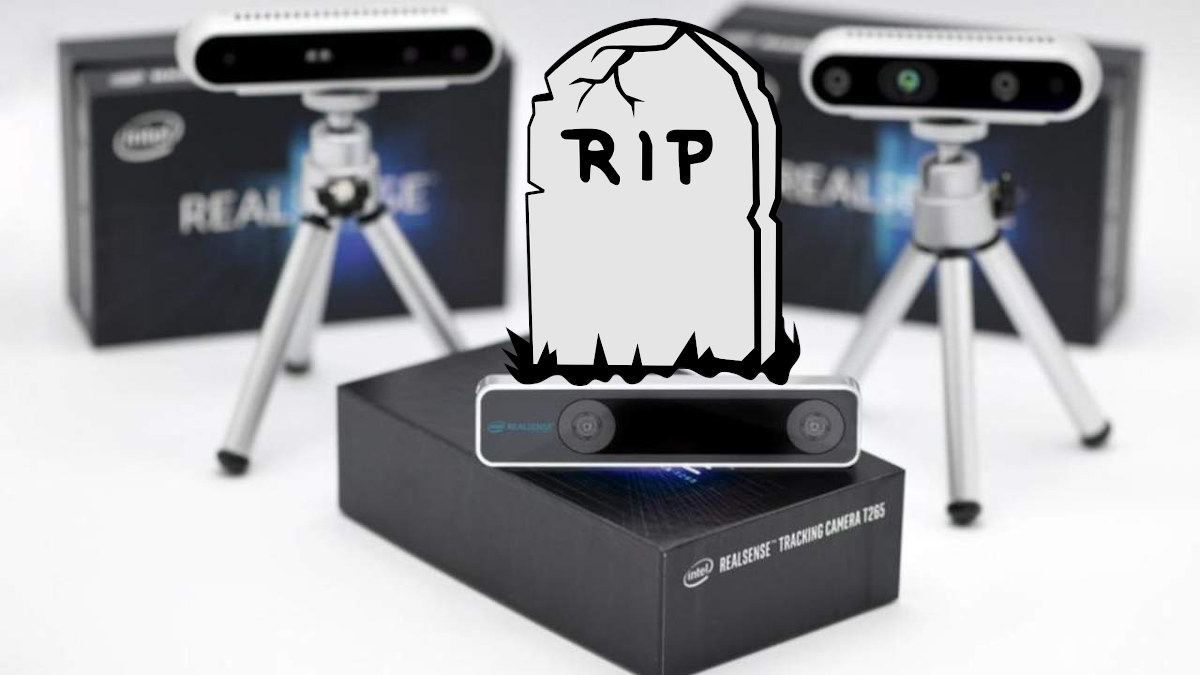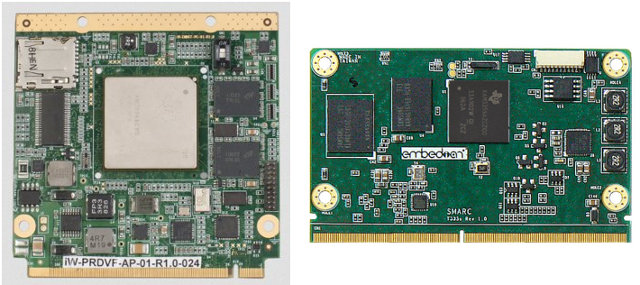Morpho, a global research & development company established in Japan in 2004 and specialized in imaging technology, is now offering a free trial for the SoftNeuro deep learning SDK working on Intel processors with AVX2 SIMD extensions, 64-bit Arm targets, while also leveraging OpenCL and/or CUDA. Some of the advantages of SoftNeuro are that the framework is easy to use even for those without any knowledge about deep learning, it’s fast thanks to the separation of the layers and their execution patterns, and it can run on several different hardware and OS being cross-platform. SoftNeuro relies on its own storage format (DNN format) to deliver the above advantages. But you can still use models trained with any mainstream deep learning framework. TensorFlow and Keras models can be directly converted to the DNN format, while models from other frameworks can be converted first to the ONNX format and then to the […]
Entry-level Alder Lake Pentium G7400 and Celeron G6900 processors show up online
Intel recently formally announced the 12th generation Alder Lake hybrid processors family with some high-end processors like the 125W Core i9-12900K processor designed for gaming. But we know some low-power parts are also expected, and @momomo_us recently shared a screenshot showing listings for the boxed version of Intel Pentium Gold G7400 and Celeron G6900 processor. The screenshot contains limited information revealing the $123 Pentium Gold G7400 comes with a 6 MB cache and clocks at up to 3.70 GHz, while the $91 Celeron G6900 features 4M of cache and a 3.40 GHz maximum CPU clock speed. Both are available in an (FC-)LGA16A package. What we do not know for sure from the screenshot is whether the two processors are indeed part of the Alder Lake family. and media reports like the NotebookCheck.net article that tipped us of the leak suspect they could either be an Alder Lake SoC, or Comet […]
Hardware security flaw impacts Intel Apollo Lake & Gemini Lake processors
A few years go the Spectre and Meltdown hardware security vulnerabilities impacted a wide range of processors from Intel, AMD, Arm, and others. But a newly discovered hardware security flaw impacts specifically the Atom, Celeron, and Pentium from the Apollo Lake, Gemini Lake, Denverton … low-power processors we often feature on CNX Software. Researchers have managed to activate test or debug logic at runtime for some low-power Intel processors, which they could use to escalate privilege, retrieve the “fuse encryption key” aka “chipset key fuse” unique to each processor, and access encrypted data. Most people do not need to panic though, as the hack would require physical access to the machine, and Intel says it is releasing firmware updates to mitigate the vulnerability. High-value targets should care though as the hack only takes 10 minutes, and if a laptop is stolen or lost, a skilled attacker should be able to […]
Intel Seamless Update to enable BIOS/UEFI firmware updates without a reboot
Updating the BIOS/UEFI binary usually requires a reboot, but Intel is working on changing that, at least on Linux servers for now, with the Intel Seamless Update aiming to carry out system firmware updates (e.g. UEFI) at run-time without having to reboot, a bit like what Canonical does with the Ubuntu Livepatch service, but at a lower level in the software stack. Intel submitted a patch that “Introduces Platform Firmware Runtime Update and Telemetry drivers” to the Linux kernel mailing list a couple of days ago with the description reading in part: High Service Level Agreements (SLAs) requires that the system runs without service interruptions. Generally, system firmware provides runtime services such as RAS (Reliability, Availability and Serviceability) features, UEFI runtime services and ACPI services. Currently if there is any firmware code changes in these code area, the system firmware update and reboot is required. Example of bug fix could […]
BrakTooth vulnerabilities impact closed-source Bluetooth stacks used in chips from Espressif, Intel, Qualcomm…
BrakTooth is a family of new security vulnerabilities in commercial, closed-source Bluetooth Classic stacks that range from denial of service (DoS) via firmware crashes and deadlocks to arbitrary code execution (ACE) in certain IoT devices. A team from Singapore has discovered 16 new security vulnerabilities after evaluating 13 Bluetooth devices from 11 vendors, but after browsing through the list of certified Bluetooth devices with impacted processors, they estimate it could impact 1400 devices. We can see the list of BrakTooth-impacted SoCs include some familiar names like Intel AX200 (found in many laptops and computers through M.2 cards), Espressif Systems ESP32, Texas Instruments CC2564C, Qualcomm CSR8811/CSR8510, Bluetrum AB32VG1 board (based on AB5301A SoC) which I’ve just reviewed, and more… The good news is that most vendors have either already submitted a patch or working on it. Espressif, Infineon (previously Cypress), and Bluetrum already have released patchsets for their firmware. It’s really […]
Intel NUC P14E Laptop Element features Intel NUC 11 Compute Element
Intel NUC P14E Laptop Element is a 13-9-inch modular laptop equipped with the same Intel NUC 11 Compute Element found in the Intel NUC 11 Enthusiast Phantom Canyon NUC11PHKi7C. The NUC 11 Compute Element “Elk Bay” is a U-Series Compute Element (95 x 65 x 6 mm) offered with a choice of Tiger Lake processors ranging from an Intel Celeron 6305 chip to a Core i7-1185G7 processor combined with up to 16GB RAM. The card also includes a WiFi 6 and Bluetooth 5.2 module, a Gigabit Ethernet transceiver, and supports PCIe x4 Gen 3 and Thunderbolt 4. Intel NUC P14E Laptop Element (CMCN1CC) specifications: Computer module – NUC 11 Compute Element with 11th generation Tiger Lake Celeron to Core-i7 processor 4 GB to 16 GB LPDDR4x 4266 MHz 256 Mbit Flash EEPROM with Intel Platform Innovation Framework for EFI Plug and Play Intel AX201 wireless module for WiFi 6 up […]
RealSense end-of-life – Intel is phasing out its RealSense 3D depth cameras
We covered Intel Realsense technology ever since it was unveiled at CES 2014 with a 3D depth camera and Nuance Dragon Assitant voice technology for various AI applications including robotics, digital signage, and 3D scanners. Our last post was in January 2021 about a Rockchip RK3399 based industrial-grade 3D vision camera together with Intel’s announcement of RealSense ID facial authentication. But RealSense is going away according to a report by CRN explaining Intel was phasing out RealSense AI depth cameras. The email from Intel reads in part: We are winding down our RealSense business and transitioning our computer vision talent, technology and products to focus on advancing innovative technologies that better support our core businesses and IDM 2.0 strategy … We will continue to meet our commitments to our current customers and are working with our employees and customers to ensure a smooth transition The transition will be orderly as […]
Overview and List of System-on-Module and Computer-on-Module Standards – Q7, SMARC, COM HPC, and More
A System-on-Module (SoM), also known as a Computer-on-Module (CoM), is a small board with the key components of a computer such as SoC, memory, and possibly others components such as PMIC (Power Management IC), an Ethernet PHY, as well as one or more connectors used to connect to a baseboard, also called carrier board, which features standard ports such as Ethernet (RJ45), USB ports, SATA, power jack and so on. The advantages of using of baseboard + SoM design compared to a single board are at least twofold: Most of the PCB design complexity is often around the CPU/SoC and high-speed buses connected to the CPU/SoC. So you could buy an SoM, design your own baseboard and get a complete design relatively in a short amount of time, with reduced development resources and costs. The design is modular, so you could easily upgrade from one SoM to another one. For […]


